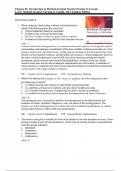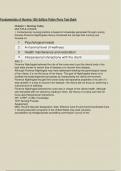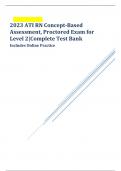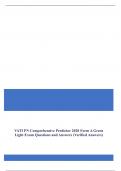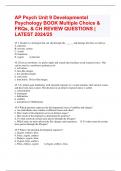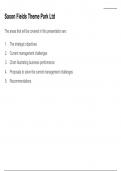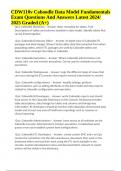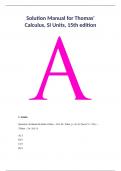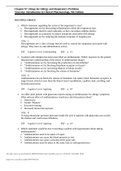Exam (elaborations)
Test Bank for Lewis's Medical-Surgical Nursing in Canada, 5th Edition (Tyerman, 2023), Chapter 1-72 | All Chapters
- Course
- Institution
- Book
Test Bank for Lewis's Medical-Surgical Nursing in Canada, 5th Edition (Tyerman, 2023), Chapter 1-72 | All Chapters Exam is not a book but rather exam practice questions and answers. Download Test Bank for Lewis's Medical-Surgical Nursing in Canada 5th Edition by Tyerman for free
[Show more]
